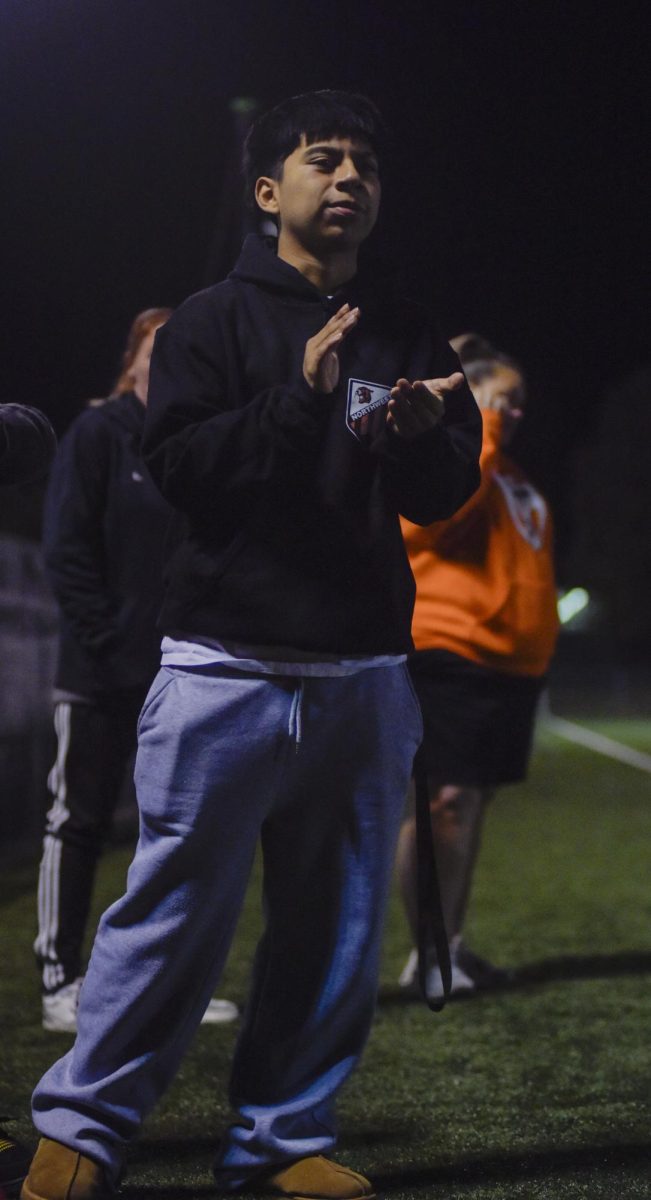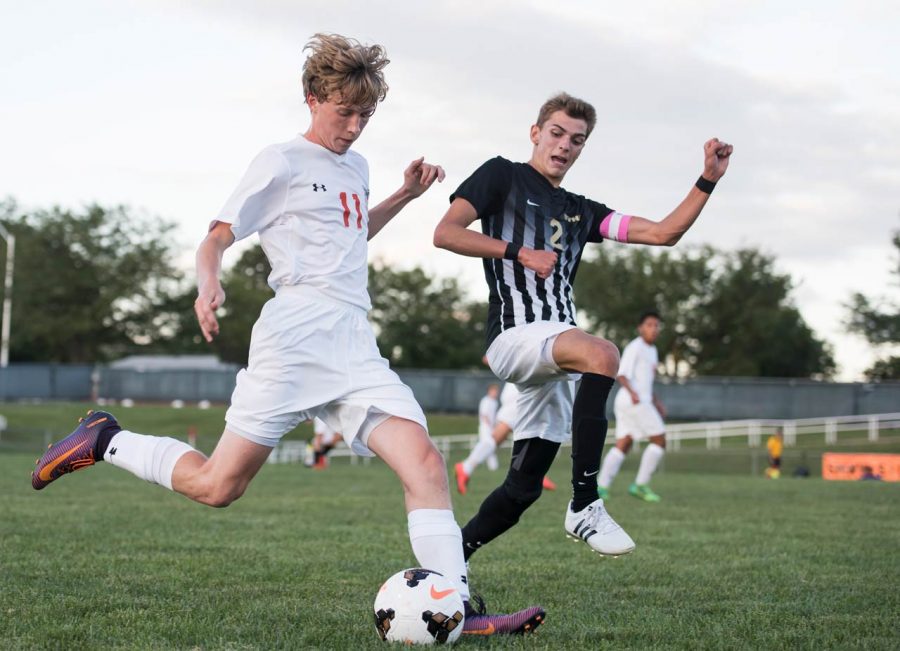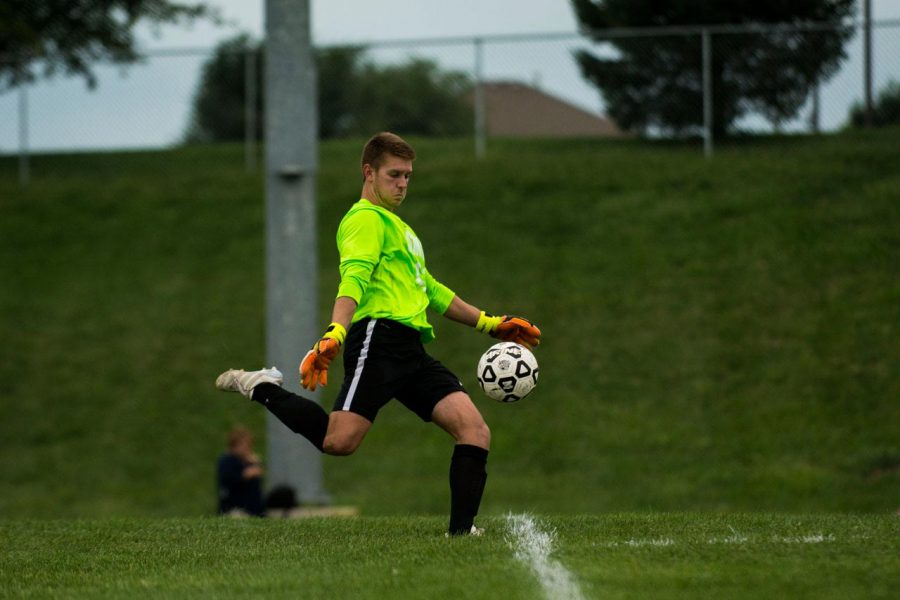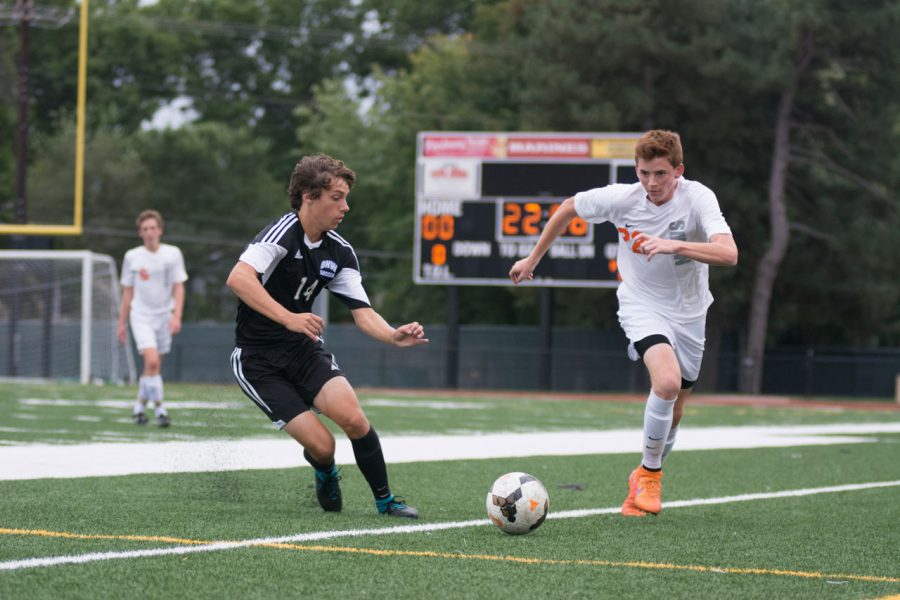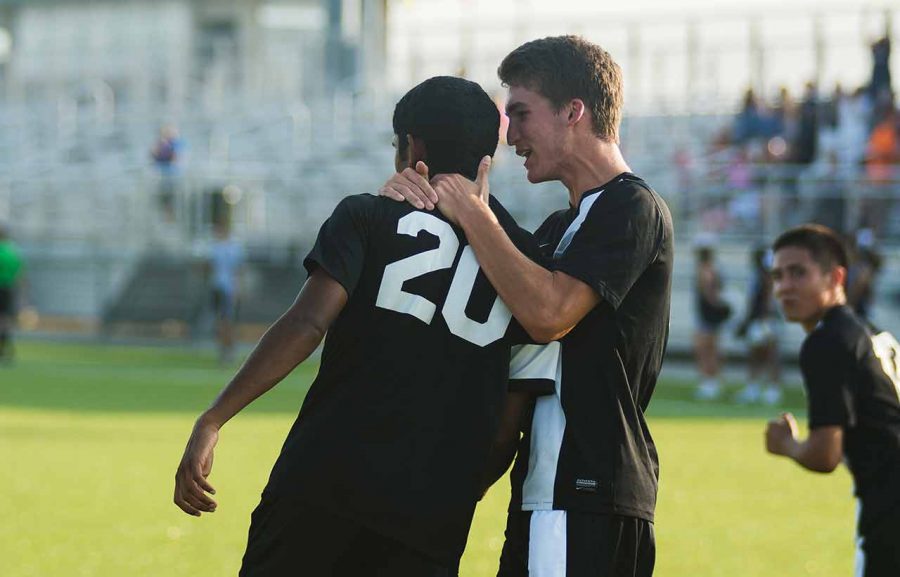Senior Enrique Reyes crashed to the soccer field’s turf. His opponent, who, like Reyes, had jumped to head the ball, landed hard on Reyes’ leg.
He felt something in his knee slip.
He couldn’t get up.
Reyes had never been injured before, not really. He’s only experienced the little scrapes and bruises that come with being a high school soccer player. Nothing like the hurt he felt then — but pain wasn’t what was on his mind.
“I was thinking if my season was going to be over,” Reyes said.
It can’t end like this. It can’t end like this. It can’t end like this.
His coach and an athletic trainer rushed over to help. The game stalled.
If Reyes was hurt badly, then what? What’s an athlete without a sport?
More than 8 million American high schoolers play sports, and every year approximately 90% suffer some kind of injury, according to the National Library of Medicine. Injuries can range from rolled ankles to concussions — from sitting out a game with an ice pack, to never playing again for the rest of their high school careers.
Northwest athletic trainer Andrew Clark estimates that he sees around 25 to 30% of all players in the trainer’s office, and they most frequently need treatment for sprains and back injuries.
Reyes visited the emergency room after his injury on the soccer field.
“They just told me I would have to wait to get an MRI since I had no broken bones,” Reyes said.
The results came back: he had a grade one MCL tear, grade one PCL tear and a fractured tibia. Two torn ligaments and a fractured shin bone.
“The doctor said around two or three months,” Reyes said.
That’s how long he’d be unable to play. And that would carry through to the end of the soccer season.
Meaning he’d never play as a Northwest Cougar again.
Reyes was driving when he got the call about his diagnosis. He felt numb.
“My season’s over,” he said.
That was it.
Season ending injuries aren’t all that common, especially in a lower contact sport like soccer, according to Clark.
“It’s pretty rare,” Clark said. “I have seen some traumatic injuries, but I’d say maybe 5 to 8% ”
Reyes is a part of the small fraction of athletes that won’t step back onto their field, court or track again. He still comes to most games, cheering on his teammates from the sidelines. He hopes to play club soccer again once he’s healed, and might play in college if he gets an offer.
Since his injury, Reyes has felt a shift in his mindset. He won’t think of his health, or his time on the field, as a given. Every moment playing soccer again will be a blessing.
“I wish I didn’t take it for granted,” Reyes said of the time before his injury. “I didn’t know it was going to be my last game.”


